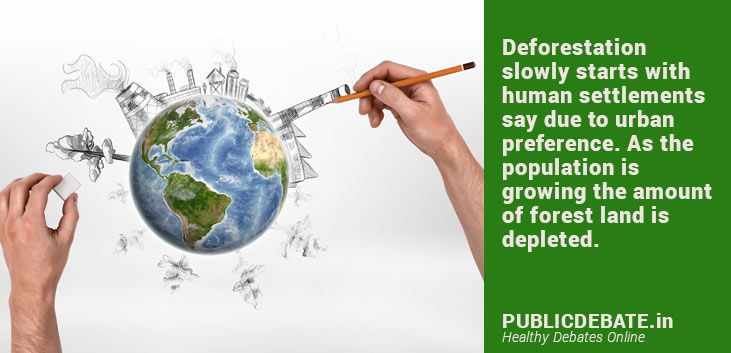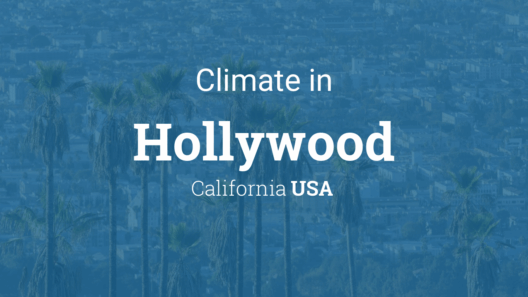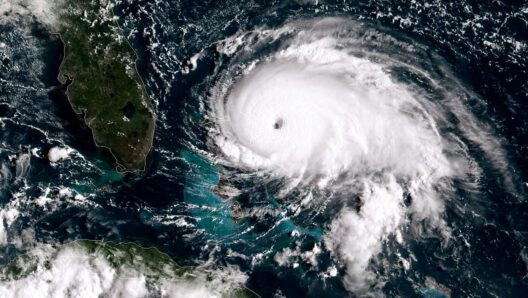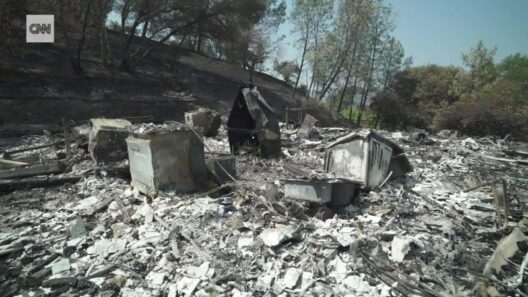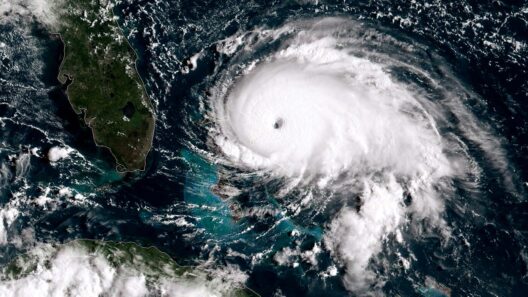Urbanization and population growth are, without a doubt, two interlinked phenomena that have profound implications for the environment, particularly in the context of climate change. As the world loses its natural habitats to sprawling cities and increased human activity, the consequences become increasingly dire. This essay will explore how these twin engines of modern society contribute to rising global temperatures, degraded ecosystems, and an uncertain future for the planet.
To comprehend the relationship between urbanization, population growth, and climate change, it is essential to grasp the scale of urban expansion. Since the mid-20th century, urban populations have burgeoned at an astounding rate. Cities that once accommodated thousands now house millions, leading to megacities where inhabitants experience a myriad of challenges, including overcrowding, inadequate infrastructure, and heightened vulnerability to climate-related disasters. This rapid influx of people into urban zones necessitates comprehensive resource management, yet often results in unsustainable practices.
At the heart of urbanization is the phenomenon of migration—people relocating from rural areas to cities in search of better economic opportunities and improved living conditions. This migration has been driven by a multitude of factors, including the allure of employment, education, and healthcare services. However, the reality is often starkly different from expectation. Instead of progress, many migrants find themselves entangled in slums, where access to clean water, sanitation, and energy is severely restricted. This paradox underscores a critical disconnect between urbanization and sustainable development.
As urban populations swell, the demand for resources escalates. Energy consumption in cities skyrocket, leading to increased greenhouse gas emissions. Fossil fuels, which fuel the urban landscape, exacerbate climate change, contributing to extreme weather events, rising sea levels, and ecosystem disruptions. The energy crisis interlinks seamlessly with urban growth; as cities expand, they require more energy for transportation, heating, cooling, and industrial processes. The consequences of this unchecked growth are felt globally, creating a vicious cycle that threatens both human and ecological welfare.
Moreover, urbanization often comes at the expense of biodiversity. The conversion of forests and agricultural land into urban environments obliterates habitats, driving numerous species to extinction and fragmenting ecosystems. This loss of biodiversity is not merely a local concern but a global issue that undermines the resilience of ecological systems. The interdependence of species means that the decline of one can lead to cascading effects, further destabilizing the environment.
The implications of urbanization extend beyond immediate environmental degradation. They also manifest as social inequities exacerbated by population growth. The planet’s rapid urbanization often outpaces governmental capacity to implement policies that protect the environment and address social disparities. Therefore, burgeoning cities present governance challenges, resulting in a proliferation of informal settlements where the most vulnerable populations reside. These communities face disproportionate impacts from climate change, making them more susceptible to natural disasters, extreme temperatures, and food insecurity.
Furthermore, the health implications of urbanization cannot be overlooked. As cities grow, pollution levels often rise exponentially, leading to deteriorating air and water quality. Exposure to pollutants has immediate health effects, including respiratory and cardiovascular diseases, and long-term implications that burden healthcare systems. Stress on healthcare infrastructures is compounded by the overarching climate crisis, which disproportionately affects marginalized groups. These health disparities further highlight the urgent need for integrated approaches to urban planning and public health.
However, it is essential to consider the potential solutions that urbanization and population growth can engender. Innovative urban planning that emphasizes sustainability is critical for mitigating climate change. Cities around the globe are beginning to implement green infrastructure solutions—such as urban forests, green roofs, and renewable energy sources—to counterbalance their environmental impact. These initiatives not only reduce the carbon footprint but also enhance urban livability, creating spaces that foster well-being and resilience.
Furthermore, addressing the root causes of rural-to-urban migration is vital. By investing in rural development, governments can provide economic opportunities and essential services that reduce the need for people to move to cities in search of better lives. Ensuring equitable resource distribution and fostering community engagement in urban planning can contribute to more sustainable urbanization. By focusing on inclusivity, cities can create environments where residents feel a sense of belonging, ultimately promoting social cohesion.
Moreover, enhancing public transportation systems is a crucial factor that intertwines urbanization with climate action. Efficient, low-emission transportation reduces congestion and pollution, thereby cutting greenhouse gas emissions. Encouraging car-free zones, cycling infrastructure, and pedestrian-friendly designs can make urban areas not only more accessible but also more sustainable.
As the intricate relationship between urbanization, population growth, and climate change becomes increasingly apparent, it is evident that a multifaceted approach is required to address these challenges. The interconnectedness of our ecosystem demands a paradigm shift in how we view urban expansion and its consequences. Only through holistic and sustainable urban development can we hope to navigate the complexities of climate change and foster a healthier planet for future generations.
Ultimately, the challenges posed by urbanization and population growth are daunting but not insurmountable. By embracing innovative solutions and championing sustainability, society can mitigate the adverse effects and harness the potential for transformative change. It is imperative that we recognize our collective responsibility to protect the planet as we navigate the complexities of urbanization and population dynamics.



